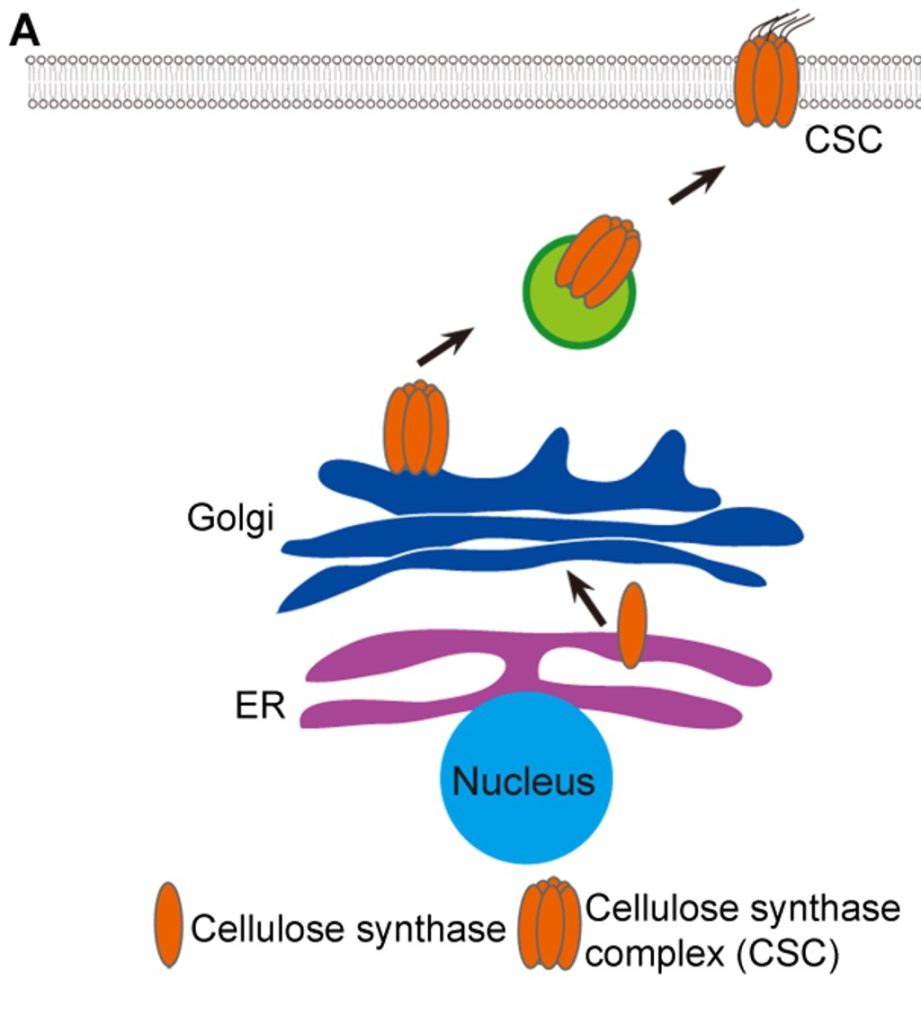
Point mutations in the catalytic domain disrupt cellulose synthase vesicle trafficking and protein dynamics
Plant Science Research WeeklyCellulose is an important and useful biopolymer, present in plant cell walls and synthesized at the plasma membrane by protein complexes called cellulose synthase complexes (CSCs) composed of multimers of cellulose synthase (CESA). CESAs are embedded in the membrane and move along the membrane as they…
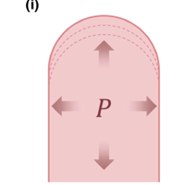
Review: Not only turgor can shape plant growth!
Plant Science Research WeeklyCell wall tensile stress and turgor pressure are two important determinants of cell growth. Turgor pressure has been regarded as a passive contributor, however recent evidence reviewed by Ali et al. suggests that turgor is an emergent property that determines growth. Wall stress and turgor pressure are…
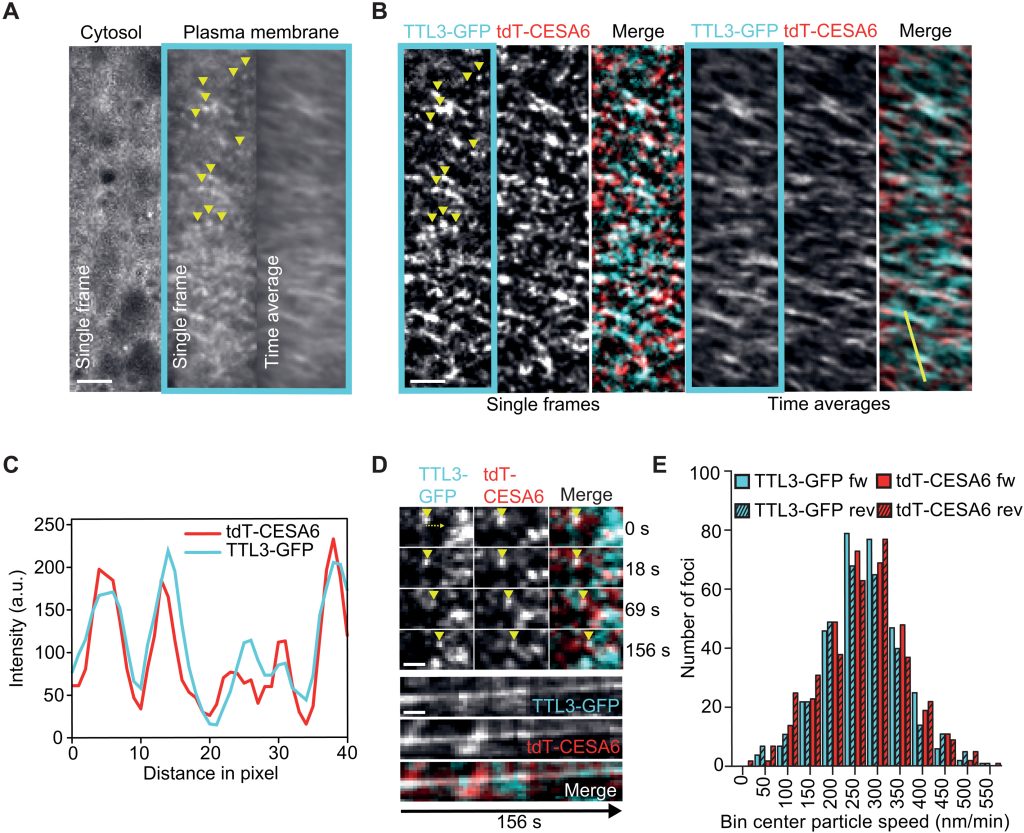
TTL bridges microtubules and cellulose synthase complexes
Plant Science Research WeeklyCellulose synthase (CESA) complexes (CSCs) synthesize the main polysaccharide component of plant primary cell wall, cellulose. The trafficking and dynamics of CSC are tightly regulated. Kesten et al. identified a new family of CSC- and microtubule-interacting proteins, named TETRATRICOPEPTIDE THIOREDOXIN-LIKE…
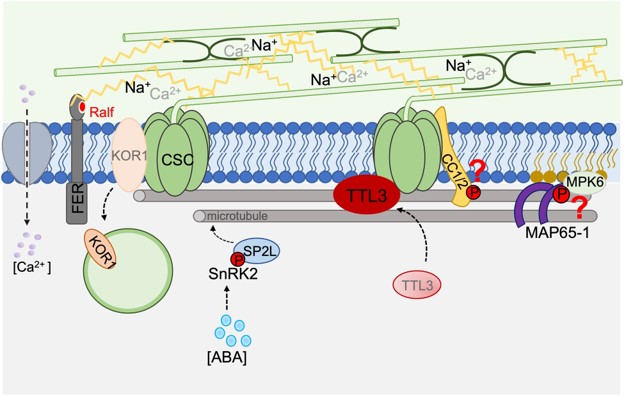
Review: The cell biology of primary cell walls during salt stress (Plant Cell)
Plant Science Research WeeklySalt is a massive problem for most land plants. At the macroscopic level, excess soil salinity can cause stunting or death. At the molecular / cellular level, salinity causes both osmotic and ionic challenges that affect membrane homeostasis, molecular interactions, and protein stability. A new review…
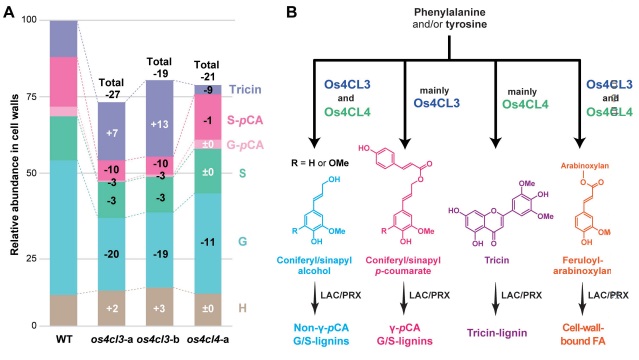
Genome-edited rice deficient in two 4CL genes display diverse lignin alterations (Plant Physiol)
Plant Science Research WeeklyLignin is one of the most important end-products of the cinnamate/monolignol pathway and it is abundant in the secondary cell wall of vascular plants. In grasses, lignins are derived from monolignols, p-hydroxycinnamates, and a flavonoid tricin. In the proposed cinnamate/monolignol pathway, 4-COUMARATE:COENZYME…

Xylan-based nanocompartments orchestrate plant vessel wall patterning (Nature Plants)
Plant Science Research WeeklyXylem vessels have a distinct secondary cell wall (SCW) formation, where the metaxylem stage contains a characteristic pit pattern. The hemicellulose xylan is an important component of the SCW, functioning as a crosslinking polymer that coats cellulose microfibrils and interacts with other SCW components.…

Fungal exopolysaccharide regulates plant-microbe interaction (Plant Cell)
Plant Science Research WeeklyThe studies on the apoplastic interactions of plants and fungi often focus on the fungal cell-wall, but recent studies indicate various plant colonizing fungi also have an exopolysaccharide (EPS) layer outside their cell wall. Chandrasekar et al. observed that the composition of this fungal EPS is distinct…

Real-time conversion of tissue-scale mechanical forces into an interdigitated growth pattern (Nature Plants)
Plant Science Research WeeklyIn many plants, epidermal pavement cells lock together through interdigitating lobes, much like the pieces of a jigsaw puzzle. These cells start out as regular squarish cells with straight walls, which then bow out and curve. Here, Belteton et al. investigate how lobes form in cotyledon pavement cells.…
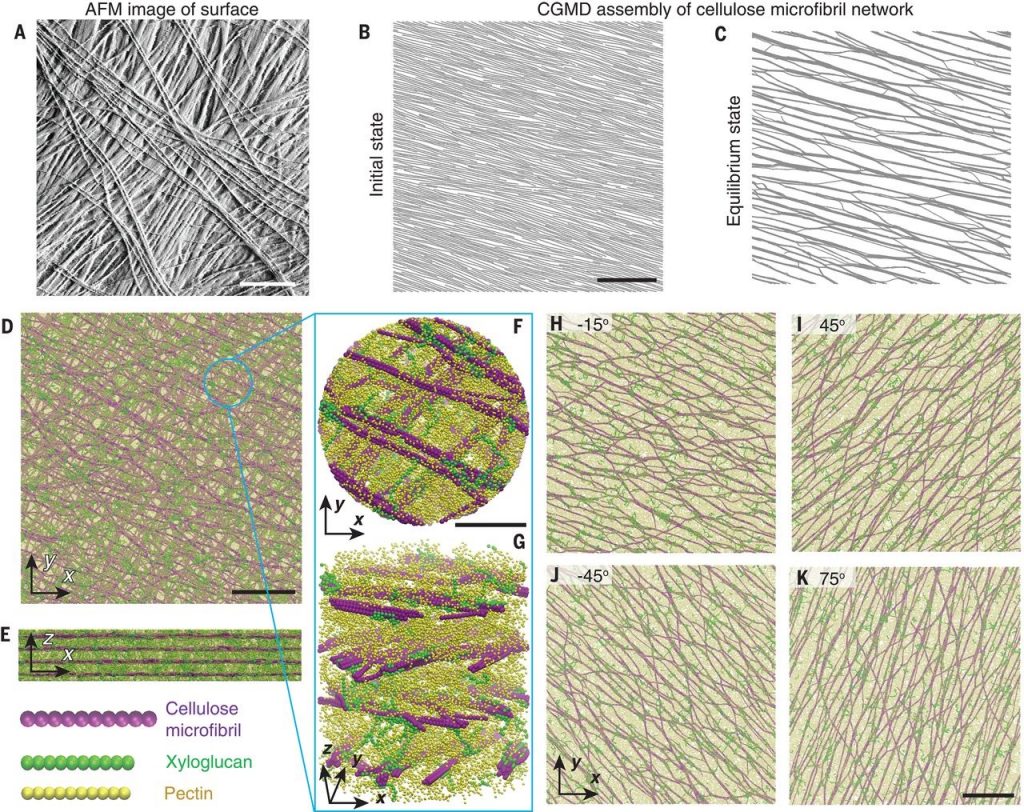
Molecular insights into the complex mechanics of plant epidermal cell walls (Science)
Plant Science Research WeeklyPrimary plant cell walls are made up of three types of polysaccharides: cellulose, hemicellulose, and pectin, the orientations and interactions of which provide the cell wall with its properties. Here, Zhang et al. examined the outer wall of onion epidermal cells through atomic-force microscopy, stress-strain…

